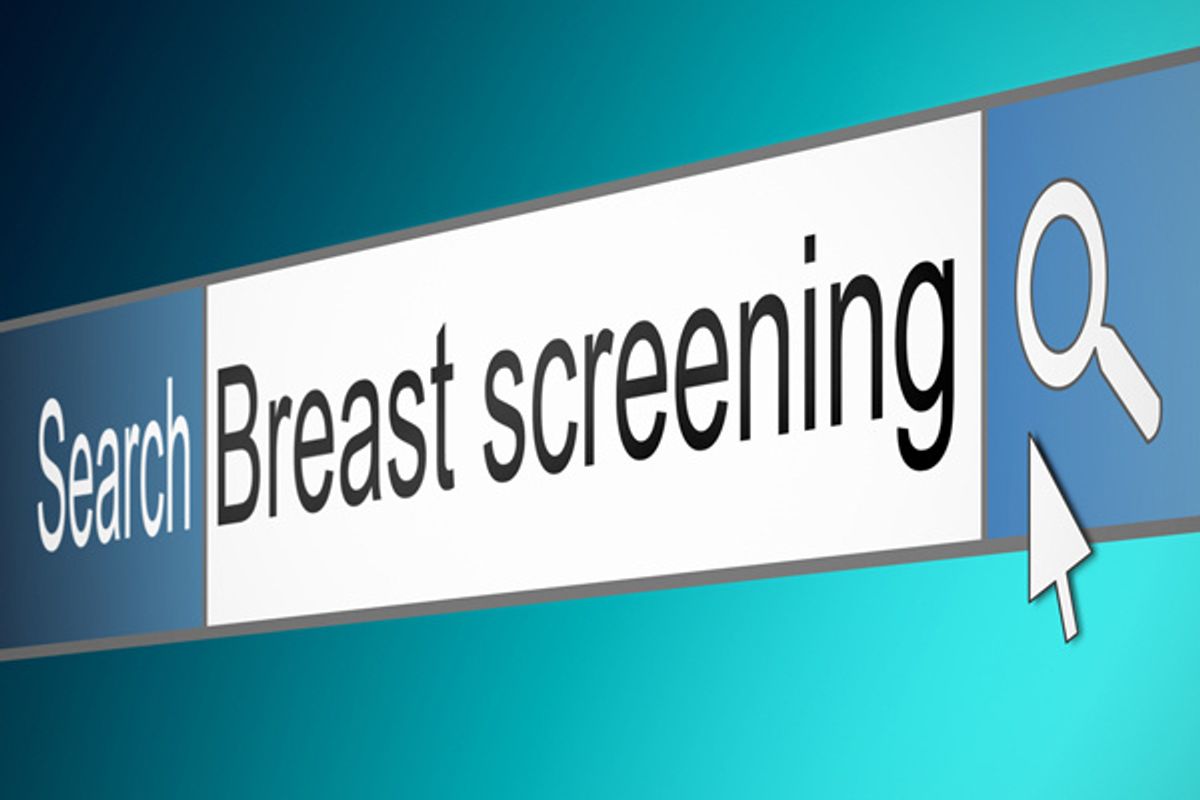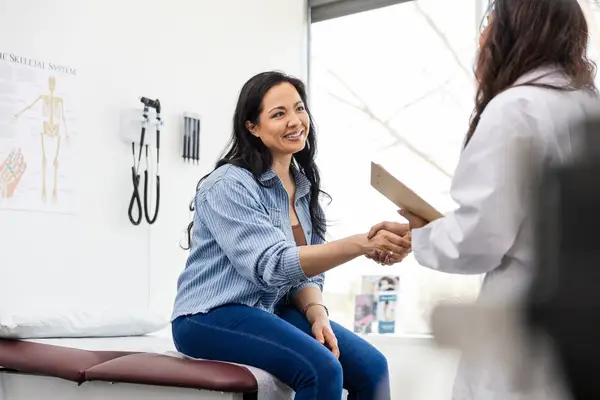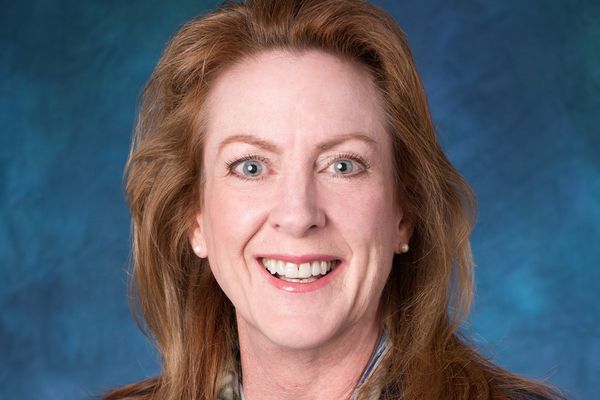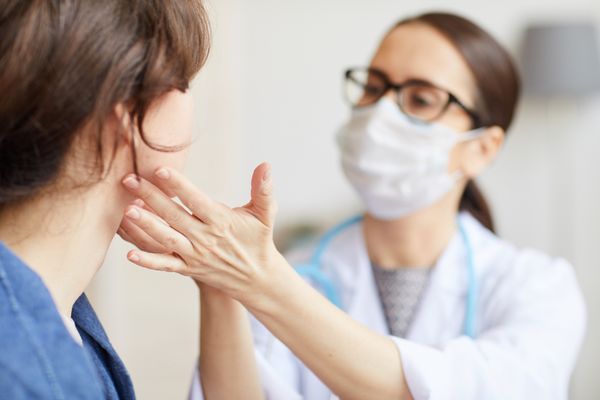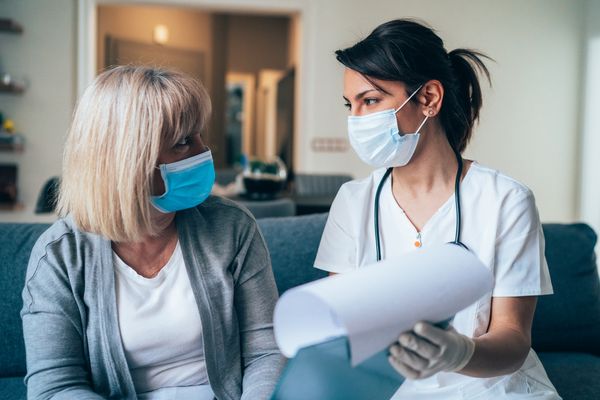If you're feeling confused about mammograms and what type of schedule to stick to, you're not alone.
It seems that every time new guidelines come out, little time passes before those guidelines change once again. And it's not uncommon to find differing opinions from different organizations, which only makes the issue that much more bewildering.
The latest shift comes from the American Cancer Society (ACS).
Why can't everyone be on the same page?
One reason guidelines change is that concerns are growing about "overdiagnosis," meaning that there are cancerous tumors that may show up in a mammogram that prove to never present a threat during a woman's lifetime. As a result, women may go through unnecessary treatment for breast cancer. (A 2012 study published by the New England Journal of Medicine found that an estimated 1.3 million American women had breast cancers that “would never have led to clinical symptoms.")
Another reason? There is a potential harm in false-positive tests, leading to worry, anxiety and unnecessary breast biopsies.
According to Breastcancer.org, for each breast cancer death that is prevented, three to four women are overdiagnosed. That organization notes that false positives, while good news, can and do result in many extra tests, procedures, doctor visits and follow-ups.
With all the various and varying opinions out there, it's easy to see why women are confused and unsure about how to best screen for breast cancer. To be prepared and armed to make the best choices and understand the reasoning behind them, we need to understand what's being said.
What the ACS Now Says
- Published in the Journal of the American Medical Association's October 2015 issue, the updated breast cancer screening guidelines recommend that women at average risk for breast cancer begin having regular yearly mammograms at age 45. (Its prior recommendation was age 40.)
- Once they reach 55, screening should be scheduled every other year.
How can women deal with the confusion and uncertainty about what recommendations they should follow? A few more recommendations from the ACS that might help clarify the question:
- Become familiar with the potential benefits, harms and limitations that come with breast cancer screening.
- Know that you do have the opportunity to begin annual screening earlier.
- Continue screening as long as your overall health is good and you have a life expectancy of 10 years or more.
- Women at average risk, of any age, are not recommended to get clinical breast exams.
What the U.S. Preventive Services Task Force Says
The U.S. Preventive Services Task Force's (USPSTF) goal is "empower women with the data so they can make the best health care decisions for themselves." In April of 2015, this group, whose members gather and review expert opinions and review the science from various specialists including surgeons, oncologists and radiologists, issued new recommendations on breast cancer screening.
While mammography, whose benefit increases with age, is indeed recognized as an important test in reducing deaths from breast cancer, the information gathered led the USPSTF to recommend screening to be most beneficial for women between the ages of 50 and 74.
Women aged 40 to 49 were recommended to reach a decision that is most comfortable for them based on their individual risks, health history and preferences. If you have a mutation in the BRCA1 and BRCA2 genes (which accounts for about 5 percent to 10 percent of all breast cancers) or have already have found a lump in your breast, you are, of course, exempt from these recommendations.
Breastcancer.org raises some important points and has different recommendations. Here's what it says.
- It's tough to accurately identify the entire group of women who are at an average risk of breast cancer—and that risk can be underestimated. For instance, risk is inherited equally from both parents—not just the mother's side—yet some risk assessment models fail to recognize this.
- If a woman's medical records are not updated, new cases of breast cancers or related cancers in her family may not be factored into the equation.
- The new ACS guidelines failed to take a newer, more accurate and sensitive screening method into consideration: 3D mammography (also known as tomosynthesis), which has resulted in significantly fewer false positives and increased detection of cancers. This type of improved screening also finds more serious invasive cancers that can metastasize, or spread.
- Women should take advantage of all three available tools, including high-quality mammography and clinical and self-exam of breasts to ensure the best chance of early detection.
- All women should have annual mammograms starting at age 40. Those at a higher risk of breast cancer should talk to their doctors about starting at a younger age and consider additional screening tools like MRI or ultrasound to maximize their opportunity for early detection.
What other organizations and top cancer centers are saying
Memorial Sloan Kettering says women at average risk should start mammograms at age 40.
So does MD Anderson, the American College of Radiology, the Society of Breast Imaging and the National Comprehensive Cancer Network.
In the end, the choice you make should be carefully weighed and discussed with your health care professional, who can guide you and help you reach an informed decision.
Discussing the benefits and harms, your personal beliefs, as well as your family history, can help reveal the best answer to that often-perplexing question: When should I get a mammogram?

